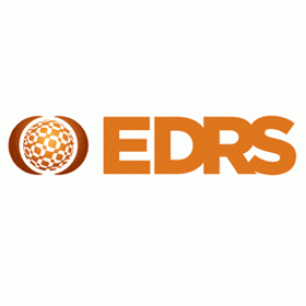The Ecstasy and Related Drugs Reporting System (EDRS) aims to examine emerging trends in the use, price, purity and availability of ecstasy and related drugs (ERD) in Australia. ERD are defined as drugs commonly used recreationally in the context of venues such as nightclubs and dance- or music-related events. These drugs primarily include ecstasy, methamphetamine, cocaine, d-lysergic acid (LSD), ketamine and gamma-hydroxy-butyrate (GHB).
The current report contains new data collected in Tasmania in 2013 and Tasmanian trends between 2003 and 2012.
The aims of the Tasmanian EDRS are:
- to describe the demographic characteristics and patterns of ecstasy and other drug use among a sample of regular ecstasy users (REU) in Hobart and surrounding areas
- to examine and identify trends in the price, purity, and availability of ERD in Hobart
- to examine the nature and incidence of risk behaviours and health-related harms among the group of participating REU
- to investigate other emerging trends in local ERD markets that may warrant further investigation or monitoring
- to identify issues that are pertinent to developing harm-reduction strategies.
An overarching aim is to, where possible, incorporate converging data from key experts (KE) and indicator data and to identify emerging trends through comparison with EDRS data collected in Hobart between 2003 and 2012.


